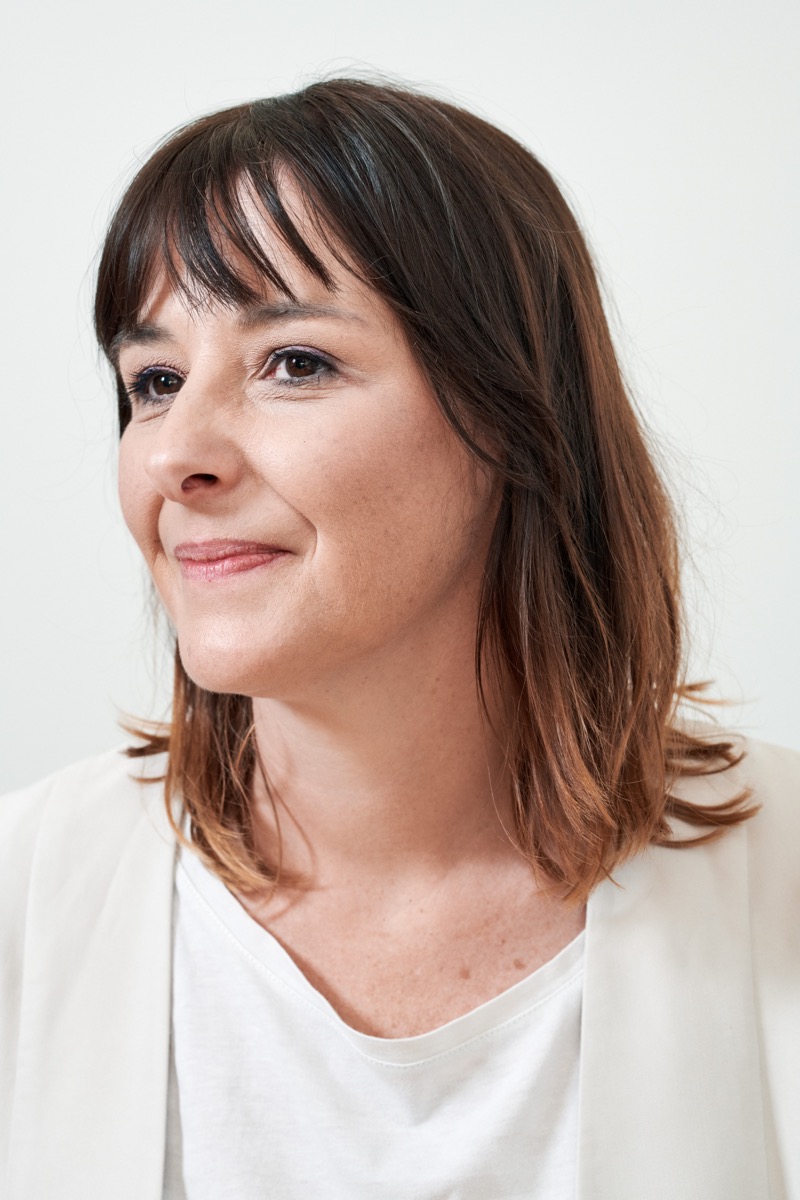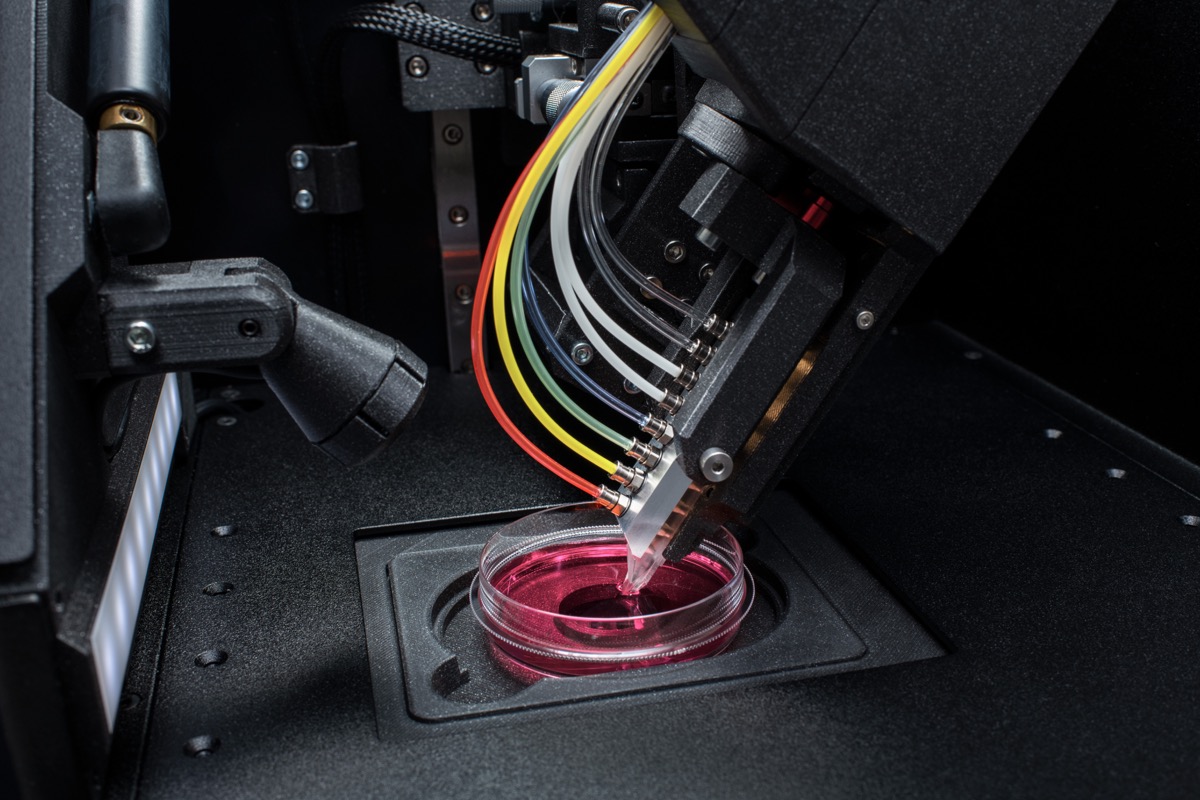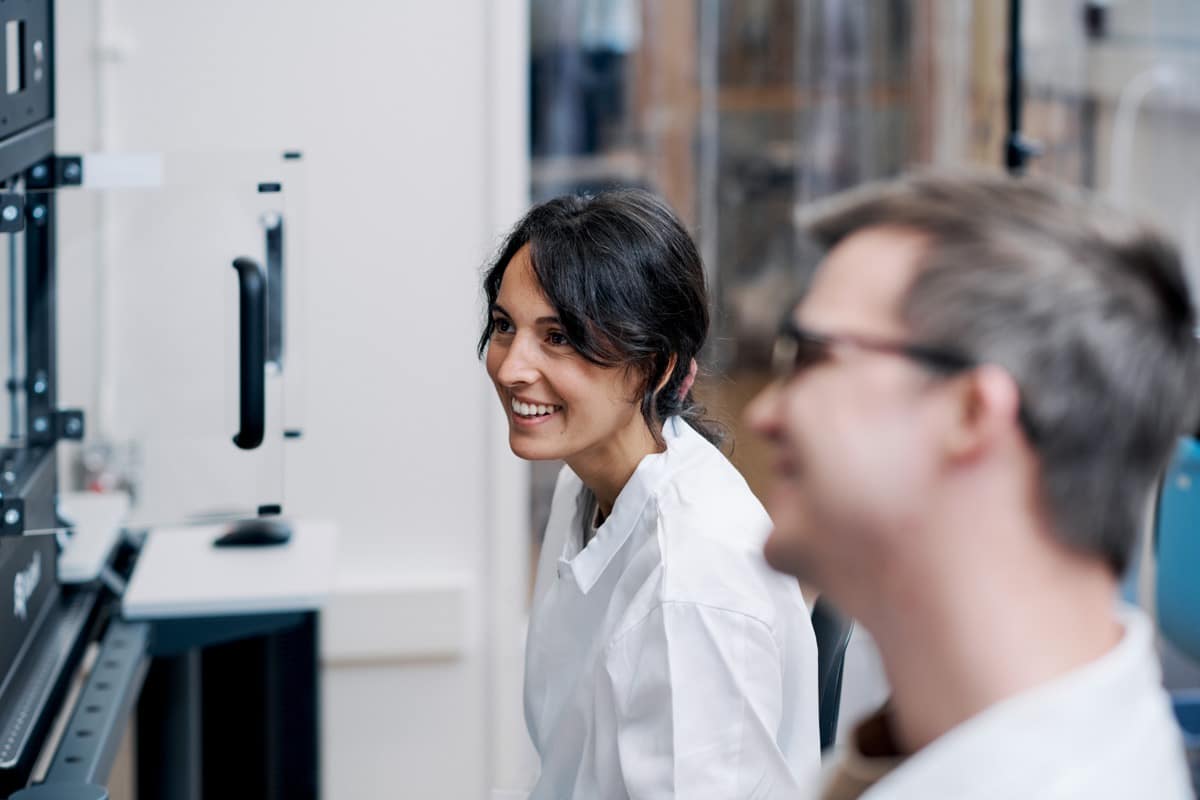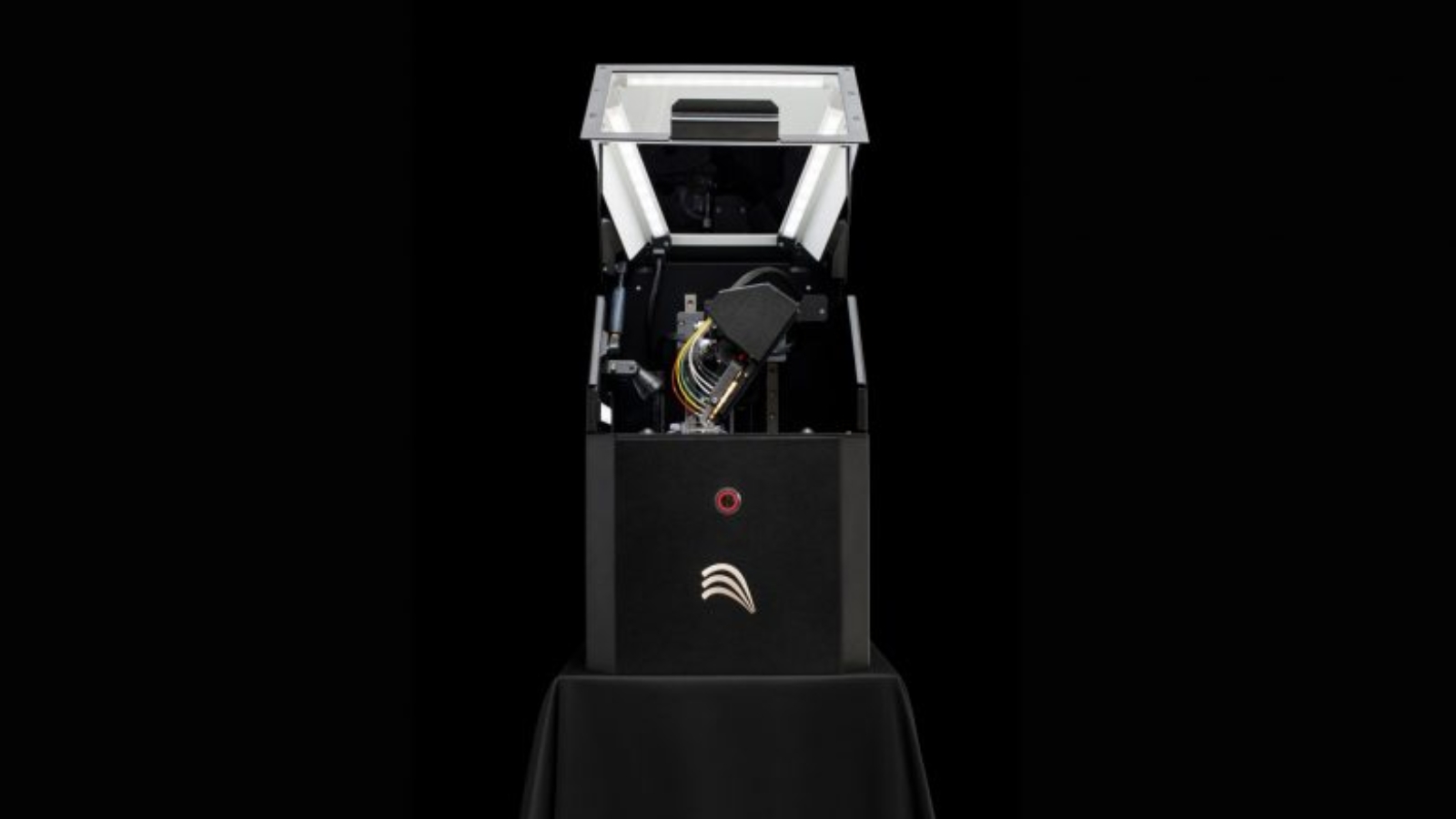When the larger public imagines bioprinting they tend to imagine a machine that builds cellular tissues adding one cell after the other. Generally, that’s not the case, as most technologies leverage bioinks and hydrogels to create scaffolds and deposit the cellular materials. Fluicell’s microfluidic bioprinting technology first delivered single-cell printing capabilities with the original Biopixlar platform in 2019. Now, with the new Biopixlar AER, these capabilities become accessible to a much broader target of users. We exclusively caught up with Victoire Viannay, CEO of Fluicell, to learn more about this technology and the possibilities it opens for new applications.

Fluicell was founded ten years ago, as a spin-off company from Chalmers University of Technology in Gothenburg, Sweden, with the ambition to provide single-cell technologies to push the boundaries of science. Since the start, the company has grown from a one-product company focusing on single-cell biology to a five-platform company providing research instruments, accessories, services and research and development collaborations across single-cell biology, bioprinting and regenerative medicine. It has a presence in most of the world, with most of systems currently used in the USA and throughout Europe, in well-known Universities, research institutes and pharmaceutical companies.
“Today, we are a team of 19 innovative and forward-thinking people,” the Fluicell CEO told 3dpbm. “We are a small team, but we aim to grow the company further as we install more and more of our products in labs around the world and as we progress in our regenerative medicine program through partnerships.”
Fluicell is a provider of research solutions in single-cell biology, bioprinting and regenerative medicine. “This means that we are not only selling you an instrument,” Victoire Viannay clarifies, “we also provide accessories and consumables to cover the bioprinting process from start to finish. Our commitment to providing a complete research solution package also extends to contract research and development work where we help customers to develop new applications or perform pilot studies using our unique know-how.”
On top of this, Fluicell engages in collaborative research partnerships on a regular basis. One recent example of this is the ongoing EU-funded research project BIRDIE, which aims at developing in vitro renal models using bioprinting and organ-on-chip technologies, coordinated by Maastricht University, with partners in France and Germany.
The cell-by-cell advantage
“Fluicell is a microfluidics company at heart – Victoire Viannay told us – with a particular focus towards developing tools to control liquid flows in open volumes. The technology lets us, for instance, expose individual cells to drug compounds without taking them out of their native environment, or, in the case of our Biopixlar bioprinting technology, deposit cells with precision at the level of single cells directly in culture media to create detailed biological tissues.”

Manufacturing on Demand
The key advantage of the Biopixlar platform is that open volume microfluidic technology lets users create tissues with very high precision and resolution that better represent cell configurations in real tissues. This applies to single-cell arrays or in vitro research models of tissue-based therapeutics. In addition, since Biopixlar doesn’t require any bioink, users can place the cells close together in a way that promotes intercellular communication, which is important for proper tissue maturation and function. In addition, very little starting material is required to generate tissues, making the technology well suited for, among other things, precision medicine applications using patient-derived material.
On top of the many advantages mentioned above, a crucial difference between Biopixlar and extrusion-based techniques is that the printed cells experience very little mechanical stress during the printing process, resulting in better cell survivability. “The difference,” Victoire Viannay explained, “is that Biopixlar prints directly in culture media using laminar flows, which creates a very cell-friendly environment, considering that the bioink themselves can cause cell-damaging shear stresses.
“With extrusion bioprinting, there is also very little control of how the cells are positioned inside the bioink and in the printed tissue, which will have an impact on tissue function. Biopixlar avoids this by printing the cells directly, thereby promoting increased biological functionality. With respect to laser-assisted bioprinting, the Biopixlar platform does away with complex instrumentation and the need of a photosensitive matrix to pattern cells.”

The Biopixlar AER compact production cell
The new Biopixlar AER was introduced to offer single-cell bioprinting in a compact format. It is high-end bioprinting that fits in a standard laminar flow hood or biosafety cabinet and that is easy to integrate into any laboratory workflow. It’s easy to set up and start using, and easy to operate using the gamepad controller.
“Biopixlar AER’s goal is to bring the possibilities offered by the Biopixlar technology into laboratories that favor a high degree of process parallelization and automation,” Victoire Viannay pointed out “It has been designed for laboratory workflow integration and easy user onboarding, making the platform an ideal fit for large research laboratories with many non-specialized users. These can include pharmaceutical research laboratories, core facilities and other large research infrastructures. The ideal customer is one who wants to get more and better data from their in vitro research models, whether it is to better understand the biological mechanisms behind a specific disease or to obtain more reliable insights into the effects of a particular drug candidate.”
Continue reading our exclusive interview with Victoire Viannay, CEO of Fluicell, and learn everything you need to know about the bioink-free Biopixlar AER bioprinter in 3dpbm’s newest AM Focus 2022 Bioprinting eBook (page 31).
Our AM Focus eBooks are 100% free to view online or download (no registration required).
You might also like:
Markforged FY 2021 revenue grows by 27%, to $91.2 million: “This has been a tremendous growth year for Markforged. We executed on the plan we shared a year ago and beat our targets for 2021, making Markforged one of the fastest organically growing additive manufacturing companies, with industry-leading gross margins,” said Shai Terem, President and CEO of Markforged. “Thanks to the hard work of our team, we exceeded growth targets for both the fourth quarter and full fiscal year. We saw a 27% organic growth rate in 2021, as the Digital Forge continued to solve manufacturing challenges for customers around the world. Our closely integrated hardware, software and materials are designed to allow our customers to overcome ongoing global supply chain constraints by printing industrial-strength parts for critical applications directly at the point-of-need.”
* This article is reprinted from 3D Printing Media Network. If you are involved in infringement, please contact us to delete it.
Author: Davide Sher


Leave A Comment